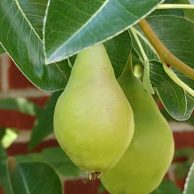 The Environmental Working Group (EWG) publishes an annual ‘Dirty Dozen’ report on toxic residue on non-organic produce, and in the 2024 report PEARS are called out as among the most dangerous to eat. 95% of pears had pesticide residues, and more than 6 of 10 non-organic pears tested by the Department of Agriculture have traces of five or more pesticides, a dramatic jump from earlier tests.
The Environmental Working Group (EWG) publishes an annual ‘Dirty Dozen’ report on toxic residue on non-organic produce, and in the 2024 report PEARS are called out as among the most dangerous to eat. 95% of pears had pesticide residues, and more than 6 of 10 non-organic pears tested by the Department of Agriculture have traces of five or more pesticides, a dramatic jump from earlier tests.
At Harlequin’s Gardens we grow plants naturally, without pesticides [Read More]



 Fire-wise landscaping should focus on creating a ‘defensible space’ around your home. In “Firewise Plant Materials,” a fact-sheet for the CO Cooperative Extension, F. C. Dennis defines this: “Defensible space is the area between a structure and an oncoming wildfire where nearby vegetation has been modified to reduce a wildfire’s intensity,” and therefore, reduces risk to property.
Fire-wise landscaping should focus on creating a ‘defensible space’ around your home. In “Firewise Plant Materials,” a fact-sheet for the CO Cooperative Extension, F. C. Dennis defines this: “Defensible space is the area between a structure and an oncoming wildfire where nearby vegetation has been modified to reduce a wildfire’s intensity,” and therefore, reduces risk to property. We finally got a chance to bring out our excellent and unique selection of Native Conifers! Most of them are special dwarf forms that can easily fit in a home garden. These accent plants can give structure and winter interest to elevate your garden design in all seasons.
We finally got a chance to bring out our excellent and unique selection of Native Conifers! Most of them are special dwarf forms that can easily fit in a home garden. These accent plants can give structure and winter interest to elevate your garden design in all seasons. XERISCAPE TREES AND SHRUBS for SUN
XERISCAPE TREES AND SHRUBS for SUN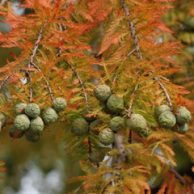
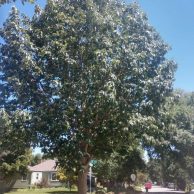
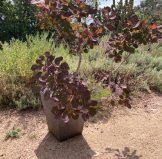
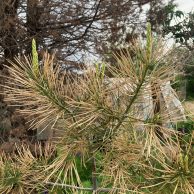
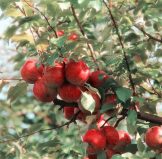 “The best time to plant a tree was 20 years ago. The second best time is NOW.” While this ancient Chinese proverb still rings true, fruit trees can begin to bear at a pretty young age, bringing satisfaction much sooner than a tree planted for shade or major presence in the landscape. We carry a wide selection of fruit trees proven to thrive and produce here in Colorado and taste great, and the apples, pears, cherries and plums on the list in the link below are in stock right now so that you can plant your own for years of enjoyment. (We don’t have peaches out at the moment – ask when you come in).
“The best time to plant a tree was 20 years ago. The second best time is NOW.” While this ancient Chinese proverb still rings true, fruit trees can begin to bear at a pretty young age, bringing satisfaction much sooner than a tree planted for shade or major presence in the landscape. We carry a wide selection of fruit trees proven to thrive and produce here in Colorado and taste great, and the apples, pears, cherries and plums on the list in the link below are in stock right now so that you can plant your own for years of enjoyment. (We don’t have peaches out at the moment – ask when you come in).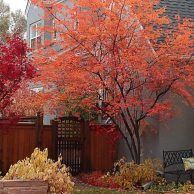
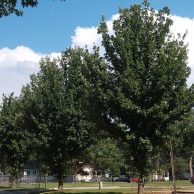 Bur Oak (Quercus macrocarpa) is a majestic, slow-growing tree reaching 60 to 70’ in height and spread, and is typically very long-lived (think 200, 300+ years!). It’s the sort of tree you plant for the benefit of the generations to come. Many oak species don’t thrive in Colorado’s alkaline soils, but Bur Oak is a happy exception. It is also drought-tolerant once established, even in dry clay, and can handle city conditions quite well. Bur Oak’s strong wood and strong, almost right-angled branch connections resist breakage in wind and snow.
Bur Oak (Quercus macrocarpa) is a majestic, slow-growing tree reaching 60 to 70’ in height and spread, and is typically very long-lived (think 200, 300+ years!). It’s the sort of tree you plant for the benefit of the generations to come. Many oak species don’t thrive in Colorado’s alkaline soils, but Bur Oak is a happy exception. It is also drought-tolerant once established, even in dry clay, and can handle city conditions quite well. Bur Oak’s strong wood and strong, almost right-angled branch connections resist breakage in wind and snow. 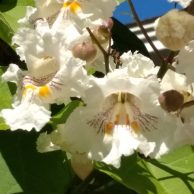 So they can support us!
So they can support us!
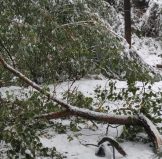 October 2020 went from record high temperatures in the 80s to record lows, 19 degrees by October 25. May 2021 also made some shocking temperature changes. These rapid and dramatic changes can cause woody plants to die back, lose branches or die completely.
October 2020 went from record high temperatures in the 80s to record lows, 19 degrees by October 25. May 2021 also made some shocking temperature changes. These rapid and dramatic changes can cause woody plants to die back, lose branches or die completely.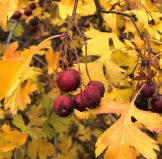 Very tough and xeric, grows 15’ high and wide, white flowers and red berries, loves Colorado conditions!
Very tough and xeric, grows 15’ high and wide, white flowers and red berries, loves Colorado conditions!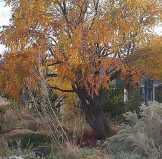 25′ xeric tree with golden flowers in July, orange lantern-like pods, orange fall color, seeds abundantly.
25′ xeric tree with golden flowers in July, orange lantern-like pods, orange fall color, seeds abundantly.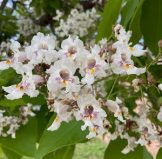 WESTERN CATALPA
WESTERN CATALPA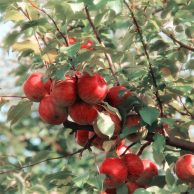 One of our specialties is
One of our specialties is 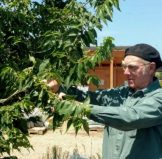 All spring we have been advising you not to prune out branches without leaves yet. After last October’s flash freeze and this March’s freeze of the new leaves, it was important to give shrubs, trees and roses time for a second set of leaves to come out before removing wood. By now we should be seeing new green leaves forming if the wood is still alive.
All spring we have been advising you not to prune out branches without leaves yet. After last October’s flash freeze and this March’s freeze of the new leaves, it was important to give shrubs, trees and roses time for a second set of leaves to come out before removing wood. By now we should be seeing new green leaves forming if the wood is still alive.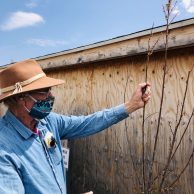 Don’t be in a hurry to prune dead branches on woody plants this spring! Last fall we had warm weather followed by a fast-deep freeze, and this spring we had an 11-degree freeze after some leaves were out. Some branches and some whole shrubs may have died, but most will put out new leaves. So, it is best to wait another couple of weeks before pruning.
Don’t be in a hurry to prune dead branches on woody plants this spring! Last fall we had warm weather followed by a fast-deep freeze, and this spring we had an 11-degree freeze after some leaves were out. Some branches and some whole shrubs may have died, but most will put out new leaves. So, it is best to wait another couple of weeks before pruning. The ancient proverb “March winds and April showers bring forth May flowers” could be revised for Colorado as “March and April heavy snow, freezing temps, and strong winds bring forth May flowers”! And this year was no exception. Two recent cold snaps with temperatures reaching lows of 3 degrees F in our neighborhood, snows up to 36” in the foothills, and winds that will bring down any weak tree branches, wreaked havoc and impacted flower and fruit productivity. So now it’s time to help support our shrubs and trees to recover.
The ancient proverb “March winds and April showers bring forth May flowers” could be revised for Colorado as “March and April heavy snow, freezing temps, and strong winds bring forth May flowers”! And this year was no exception. Two recent cold snaps with temperatures reaching lows of 3 degrees F in our neighborhood, snows up to 36” in the foothills, and winds that will bring down any weak tree branches, wreaked havoc and impacted flower and fruit productivity. So now it’s time to help support our shrubs and trees to recover.